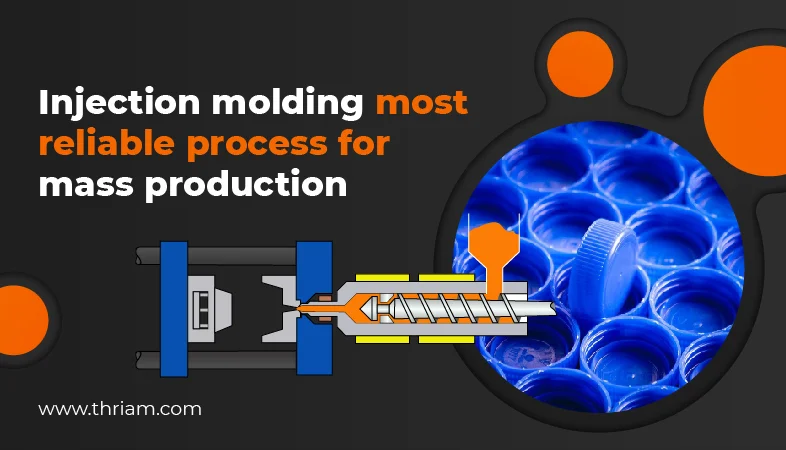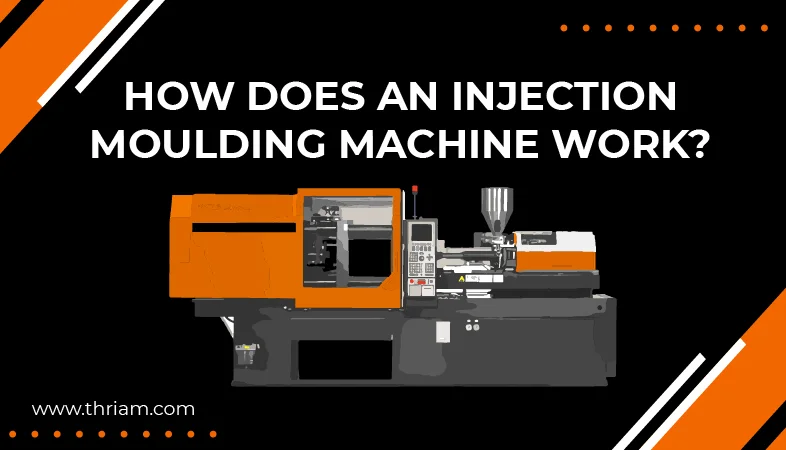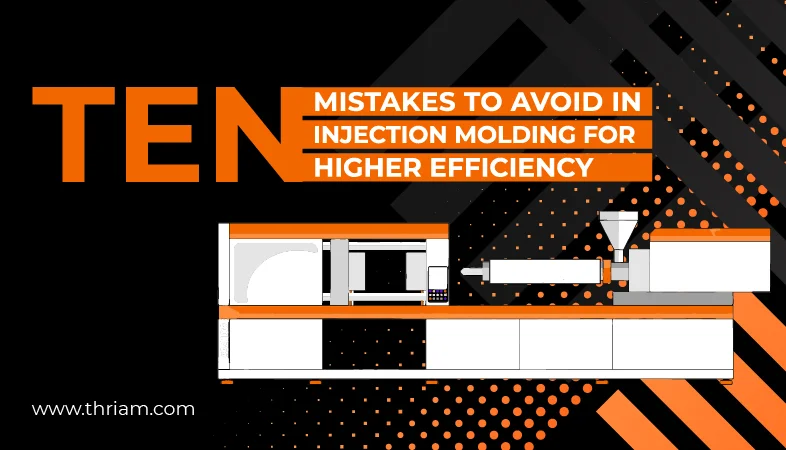The Impact of Injection Molding on Product Quality: Exploring How Injection Molding Ensures Consistent and High-Quality Products
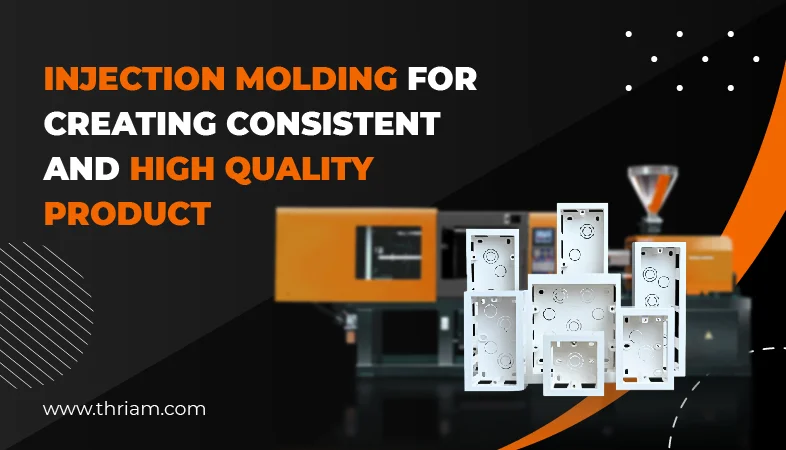
Introduction:
In the world of manufacturing, product quality is of paramount importance. One manufacturing process that plays a crucial role in ensuring consistent and high-quality products is injection molding. In this blog, we will delve into the impact of injection molding on product quality and explore how this process guarantees the uniformity and excellence that customers demand.
Understanding Injection Molding:
Injection molding is a widely utilized manufacturing process that involves injecting molten material into a mold cavity, allowing it to solidify and form a desired product. This process involves precision and requires the use of specialized machinery and components. Several factors come into play to ensure optimal product quality in injection molding, such as temperature control, pressure regulation, and mold design.
The Role of Injection Molding in Ensuring Consistency:

Injection molding is a manufacturing process that produces parts by injecting molten material into a mold. It is widely used in the automotive, aerospace, consumer electronics, and medical device industries, among others. One of the key benefits of injection molding is its ability to ensure consistent production. With precise control over several variables, such as temperature, pressure, material flow, and cooling rate, injection molding guarantees uniformity in the products created. Consistency is crucial in industries where precision and interchangeability are essential.
Maintaining consistency in injection molding involves controlling several factors that affect the final product, such as the size and geometry of the mold, the temperature and pressure of the material, and the cooling rate of the finished product. This precise control is achieved through the use of specialized equipment and software that continuously monitors and adjusts the process.
The importance of consistency cannot be overstated in industries that rely on the production of identical parts, such as automotive and aerospace. In these sectors, even the slightest deviation in product measurements can have significant consequences, such as product failure or safety hazards. Consistency also ensures that products can be easily assembled and replaced, reducing manufacturing costs and improving product quality.
Quality Management in Injection Molding:
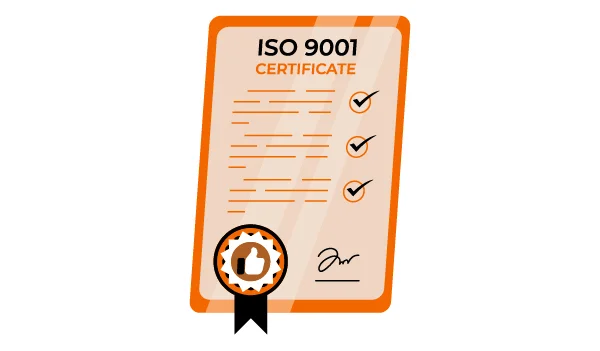
Quality management is an essential aspect of the injection molding process. It involves monitoring and controlling several variables to ensure consistent and high-quality products are produced. Quality management techniques ensure that defects are identified and rectified during the manufacturing process, enabling continuous improvement while reducing waste and improving overall efficiency.
One of the key quality management techniques used in injection molding is Statistical Process Control (SPC). SPC involves analyzing statistically significant data points to identify trends and patterns in the manufacturing process. By understanding these trends, manufacturers can make informed decisions to improve product quality and reduce defects.
Another essential quality management technique in injection molding is quality inspections. These inspections are carried out throughout the manufacturing process to detect and identify defects. Quality inspections can be carried out manually or through computerized systems. The use of computerized inspection systems is becoming increasingly popular as it enables manufacturers to identify defects quickly and accurately, improving efficiency and reducing waste.
An essential aspect of quality management is also the selection of the right materials. Choosing the right materials is critical to ensure consistent production, and the materials selected must meet the requirements of the final product. Factors such as temperature, durability, and overall strength must be taken into account when selecting materials for injection molding.
The role of quality management in injection molding cannot be overstated. It is essential to ensure consistent production and high-quality products. By using techniques such as SPC and quality inspections, manufacturers can identify and rectify defects quickly, leading to continuous improvement while reducing waste and improving efficiency. Selecting the right materials is also crucial in ensuring the final product meets the desired specifications. As technology advances, we can expect even more sophisticated quality management techniques to be developed, enabling manufacturers to produce even more consistent and high-quality products.
Real-world Examples:
There are numerous success stories of companies that have benefited from utilizing injection molding to achieve high-quality products. Industries such as consumer electronics, packaging, and automotive have revolutionized their manufacturing processes by adopting injection molding techniques. These real-world examples showcase the impact of injection molding on product quality and how it has driven customer satisfaction and market success.
Challenges and Limitations of Injection Molding on Product Quality:

While injection molding is a highly effective manufacturing process for ensuring consistent and high-quality products, it does come with its own set of challenges and limitations that can impact product quality. It is important for manufacturers to be aware of these challenges and take proactive measures to overcome them.
One of the primary challenges in injection molding is material selection. Different materials have varying properties, and choosing the right material for a specific product is crucial. Factors such as temperature resistance, durability, and flexibility must be considered. If the material chosen is not ideally suited for the product's requirements, it can lead to issues like warping, poor surface finish, or reduced strength, ultimately affecting the product quality.
Another challenge is mold design. The design of the mold has a significant impact on the final product. Issues such as incorrect gate design, inadequate venting, or improper cooling channels can result in uneven filling, air entrapment, or high levels of stress on the molded parts. These issues can compromise the structural integrity, dimensional accuracy, and surface finish of the products, adversely affecting their quality.
Process control is another critical factor that can impact product quality. Parameters such as temperature, pressure, injection speed, and cooling time need tight control to ensure consistency. Deviations in these parameters can lead to variations in the finished product, causing defects like sink marks, voids, or part deformation. Maintaining strict control over the process variables is essential to mitigate these challenges and produce high-quality products consistently.
Moreover, the size and complexity of the parts being molded also pose challenges. Large parts or those with intricate designs require careful consideration during the injection molding process. Issues like uneven cooling, difficulty in material flow, or high shear stresses can arise, affecting the quality of the final product.
Additionally, post-processing requirements can present limitations in injection molding. Some products may require secondary operations like painting, welding, or assembly. The compatibility of the molded parts with these processes can impact the overall product quality. Ensuring proper adhesion and compatibility is crucial to avoid issues such as paint peeling, weak joints, or compromised functionality.
To overcome these challenges and limitations, manufacturers employ various strategies. This includes thorough material testing and selection, meticulous mold design and maintenance, regular process monitoring and adjustments, and effective quality control and assurance protocols. By addressing these challenges head-on, manufacturers can optimize product quality and deliver products that meet or exceed customer expectations.
Future Trends and Innovations in Injection Molding for Quality Enhancement:
Looking ahead, injection molding continues to evolve with advancements in technology and innovative approaches. From the development of new materials to the integration of automation and artificial intelligence, the future holds exciting possibilities for enhancing product quality in injection molding. The blog will discuss these trends and their potential impact on manufacturing excellence.
Conclusion
Injection molding is a game-changer in the manufacturing industry when it comes to ensuring consistent and high-quality products. The process enables manufacturers to deliver products that meet the highest standards of aesthetics, dimensional accuracy, and structural integrity. By embracing quality management techniques and addressing the inherent challenges, injection molding is poised to remain a cornerstone of product quality for years to come, driving innovation and customer satisfaction in various industries.
Bonus content
10 daily used products manufactured in injection molding:
- Plastic utensils such as spoons, forks, and knives
- Disposable cups and plates
- Toothbrushes
- Phone cases
- Car parts such as dashboard components and door handles
- Medical devices such as syringes and vials
- Bottle caps and closures
- Toys such as action figures and building blocks
- Electrical components like plugs and switches
- Personal care items such as razors and hair brushes.
